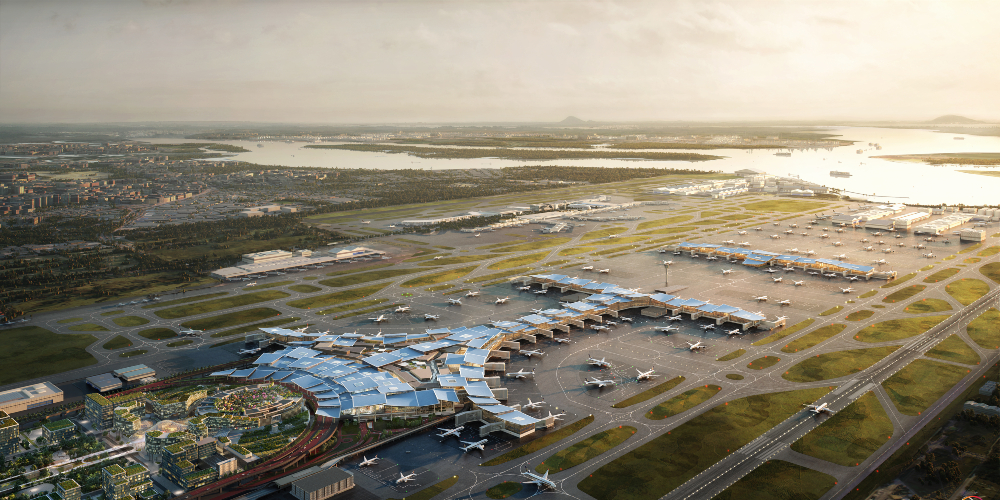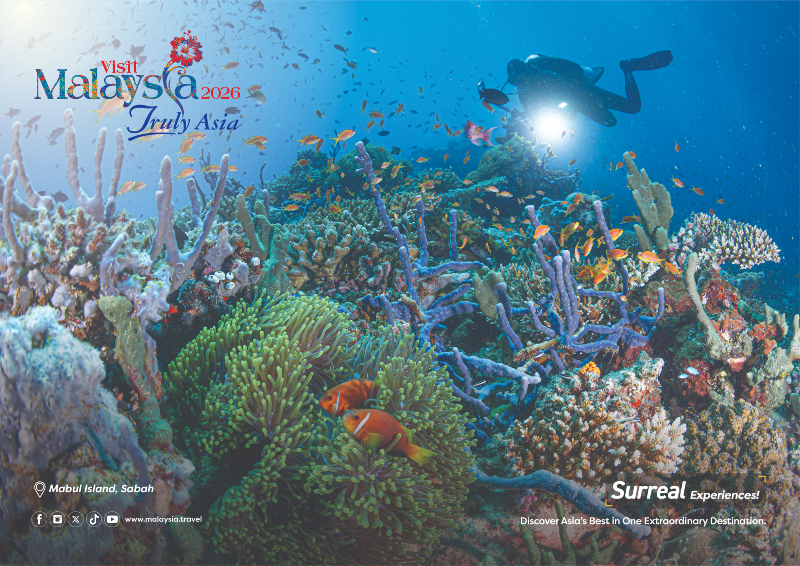Singapore’s Changi Airport—long hailed as the best airport in the world—is about to get even better.
The groundbreaking ceremony for Terminal 5 (T5) has officially taken place, marking the start of what will become one of the most advanced and ambitious airport expansions in aviation history.
Singapore’s Prime Minister and Minister for Finance, Mr Lawrence Wong, led the ceremony, highlighting the critical role T5 will play in reinforcing Changi’s status as a global aviation hub. Once complete, the new terminal will support the airport’s long-term growth and deliver an experience that’s both high-tech and uniquely Singaporean.
Expected to open in the mid-2030s, Terminal 5 will handle 50 million passengers annually in its first phase alone. Linked seamlessly to Changi’s existing terminals, T5 will help create a single integrated air hub capable of keeping pace with Asia-Pacific’s booming air travel demand over the next two decades. T5 will also become home to the Singapore Airlines Group, consolidating its current operations under one roof. Other carriers will have ample opportunity to expand within T5 and the broader Changi complex.
The design of T5 balances grandeur with comfort. Its distinctive series of curved “roof leaves” and layered green spaces break down the mega structure into smaller, more intimate areas. The use of natural light, travellators, and an automated people mover will ensure ease of movement and a sense of calm—a signature Changi trait. Wayfinding will be intuitive, with clearly defined paths guiding passengers to their gates or transfer stations, reducing reliance on signage and helping to create a stress-free experience.
For the first time, Changi will feature a ground transportation centre, integrating train, bus, taxi and other services into one convenient location. Plans are underway to connect T5 to both the Thomson-East Coast Line and the Cross Island Line, further strengthening access from the city and surrounding districts. T5 will also enhance air-sea connectivity, offering smoother transfers to nearby regional destinations via ferry services.
Terminal 5 isn’t just bigger—it’s smarter and greener. Advanced automation will underpin both passenger-facing services and back-end functions, reducing the need for manpower while maintaining efficiency at scale. Lessons learned from the COVID-19 pandemic have also informed the design, with contactless touchpoints and adaptable zones that can operate independently when needed. Environmentally, T5 will be a Green Mark Platinum Super Low Energy building. Its rooftop solar installation—one of the largest in Singapore—will generate enough electricity to power approximately 20,000 four-room flats for a year.
T5 is part of the broader Changi East development, which spans 1,080 hectares. This includes the Changi East Industrial Zone (CEIZ), aimed at boosting Singapore’s role in aircraft maintenance, logistics, and air cargo; and the Changi East Urban District (CEUD), a future lifestyle and business destination just steps from the terminal.
Changi Airport Group CEO Mr Yam Kum Weng summed up the vision, stating: “Our vision is for T5 to be mega yet cosy, a terminal that embraces the Changi DNA – delivering a personalised, stress free and positively surprising airport experience… T5 offers new possibilities and will bring new surprises.”
With a consortium led by KPF Associates, Heatherwick Studio and architects61 behind the design, Terminal 5 promises to push the boundaries of airport innovation while staying true to Changi’s award-winning charm.
Singapore’s gateway to the future is taking shape—and it’s set to redefine what an airport can be.









